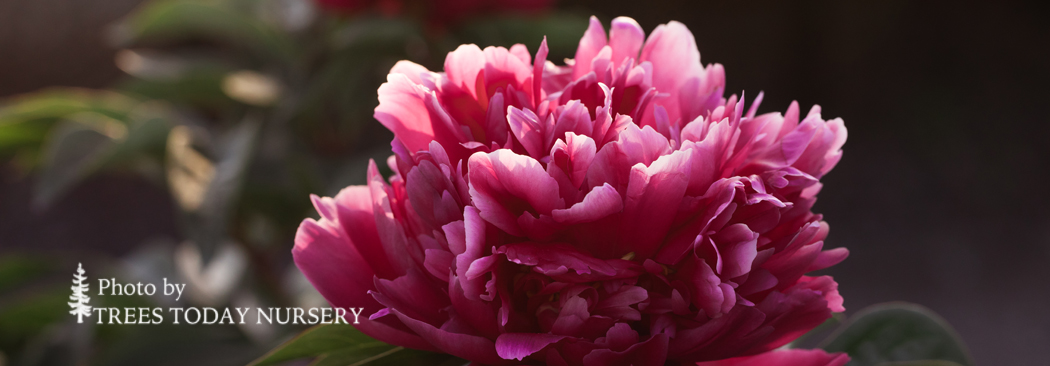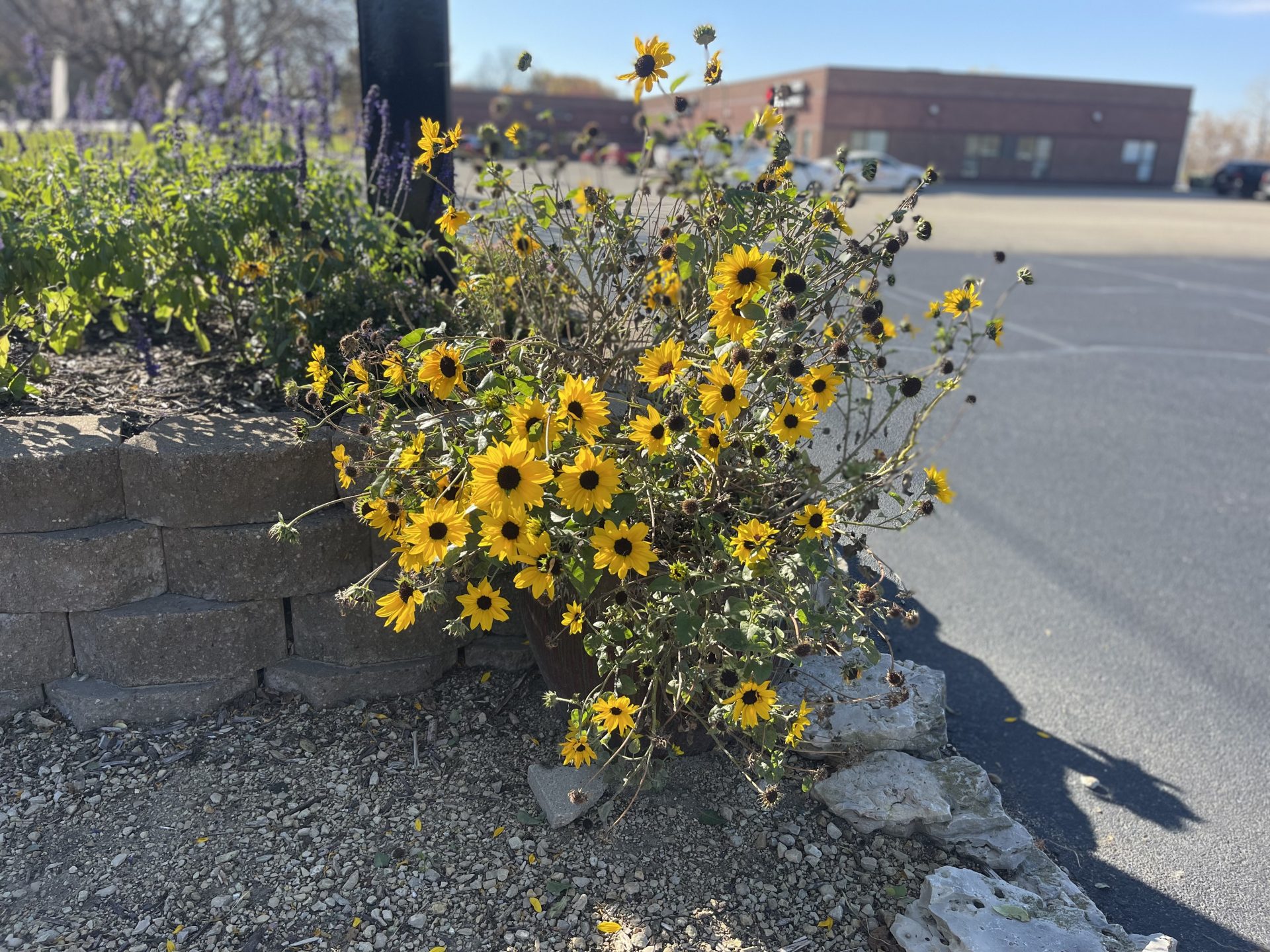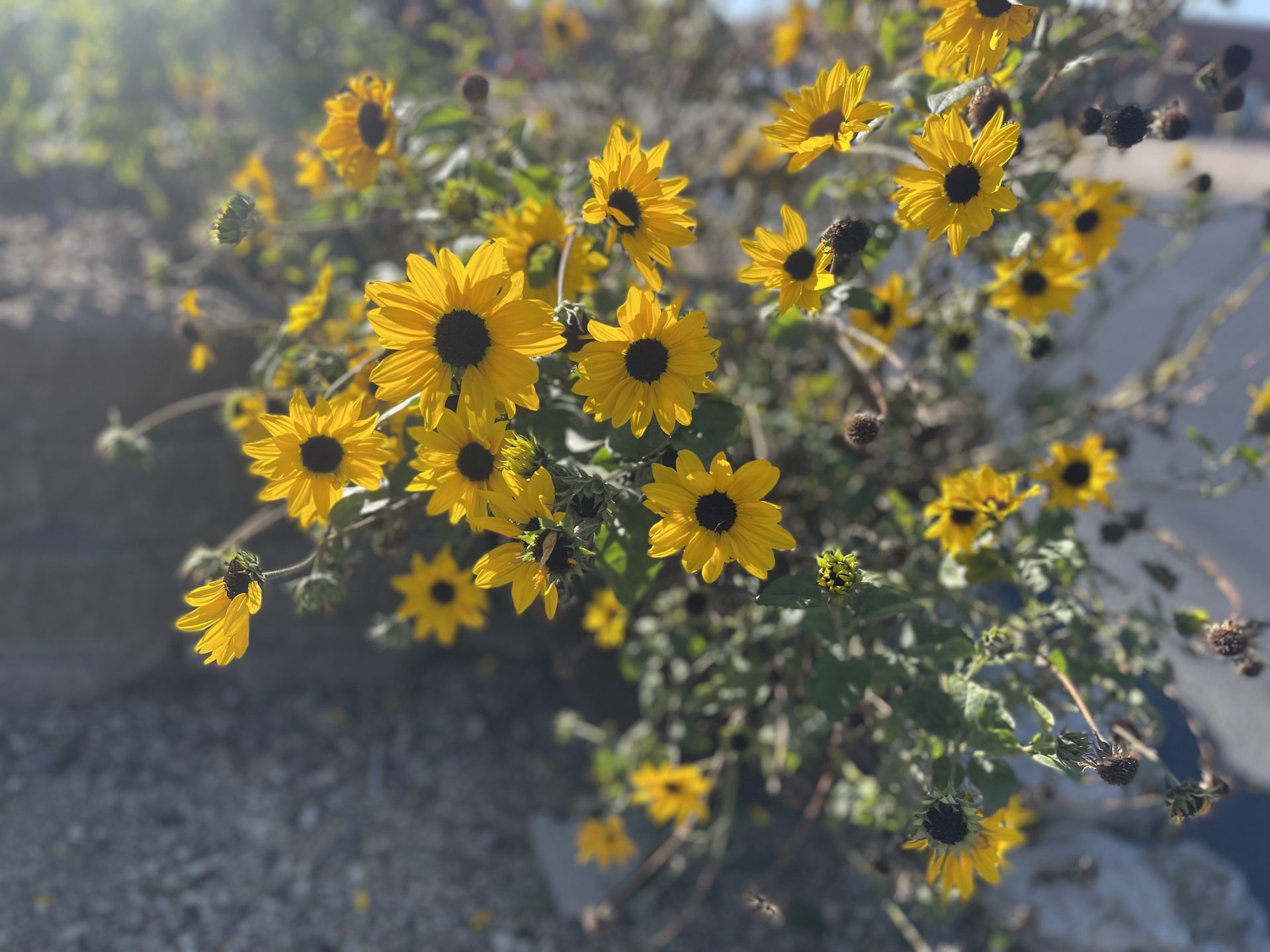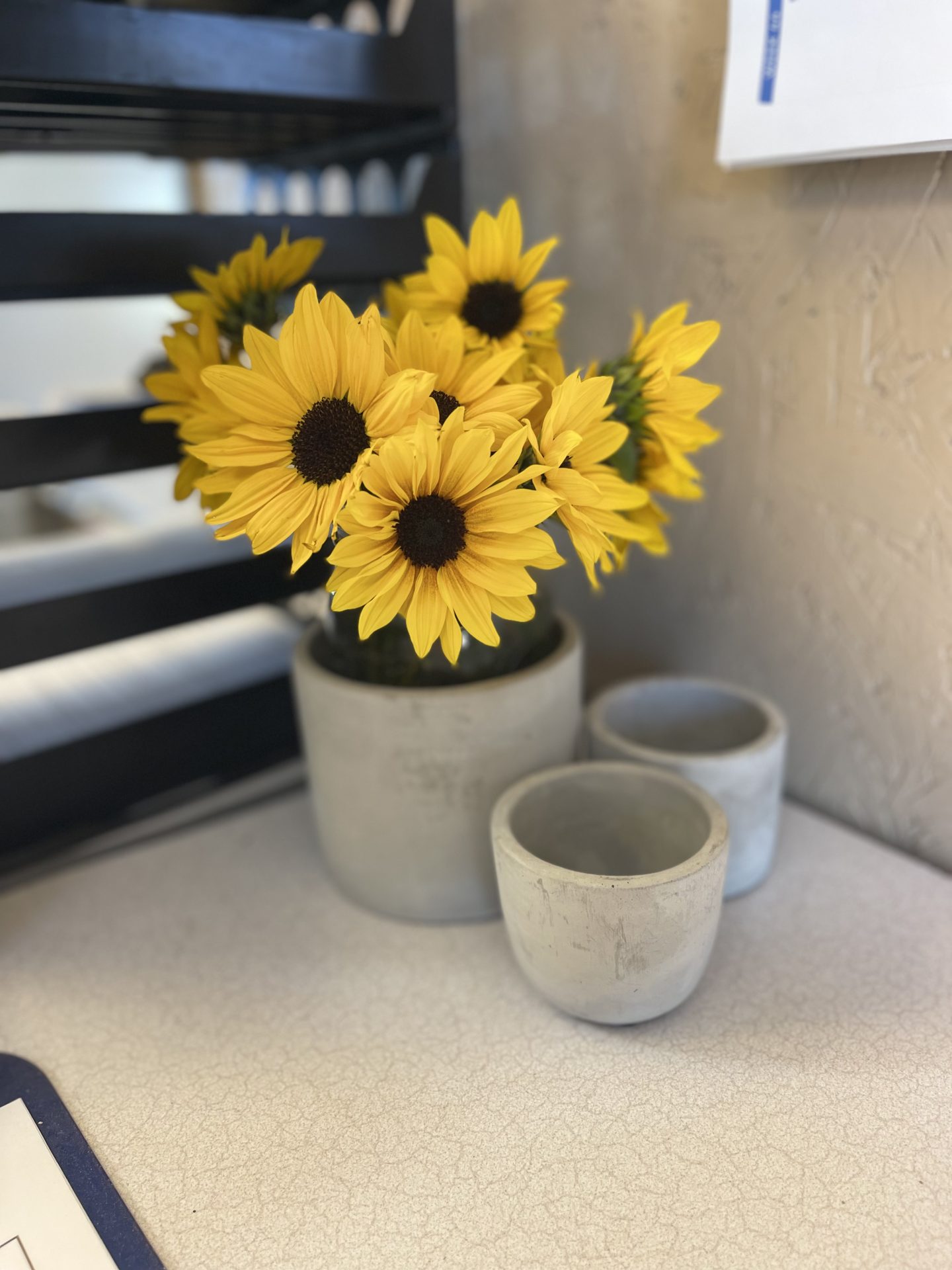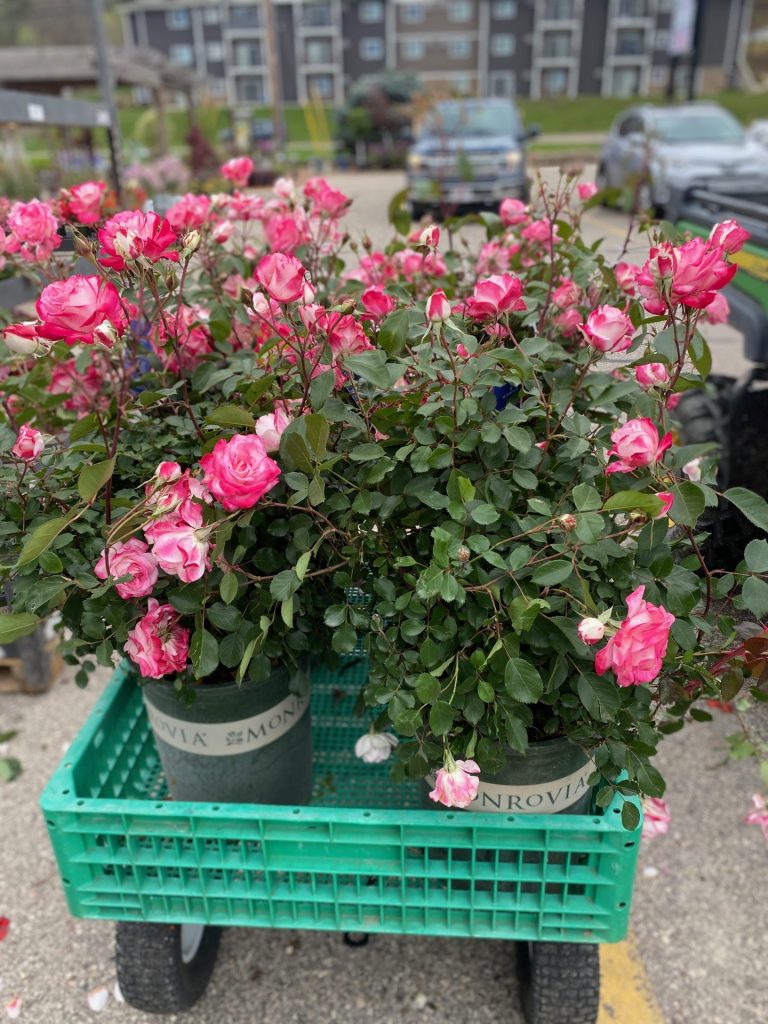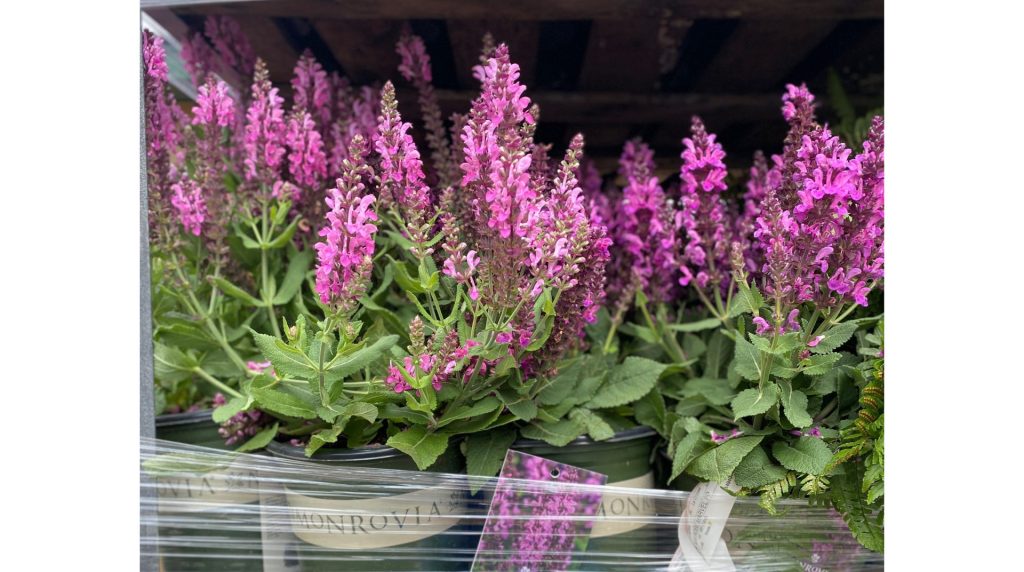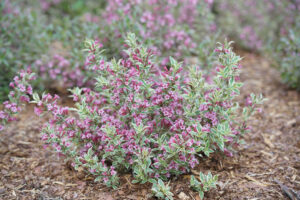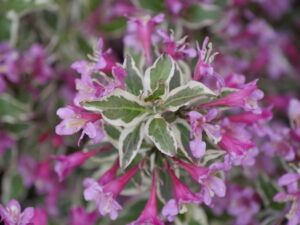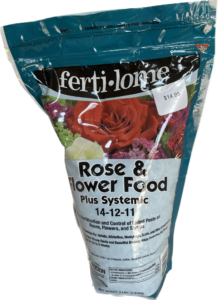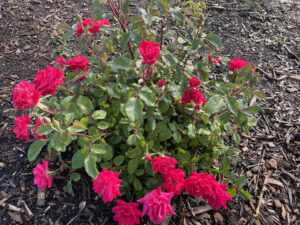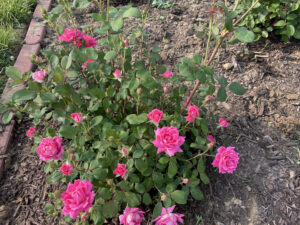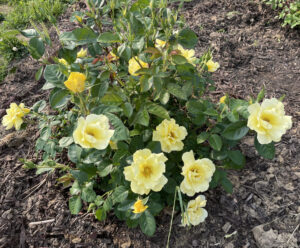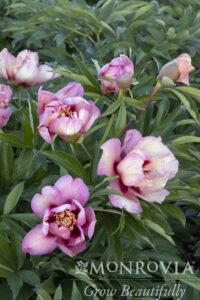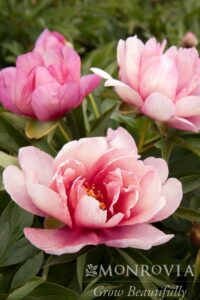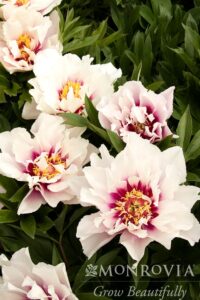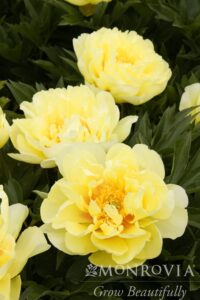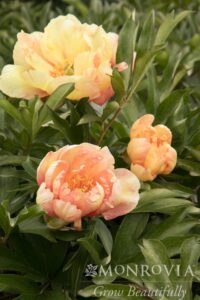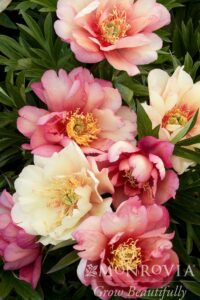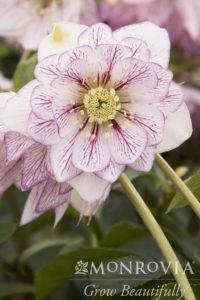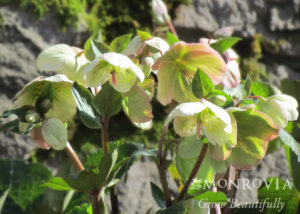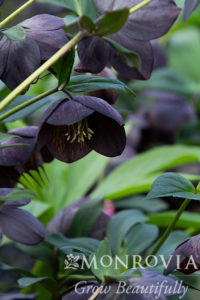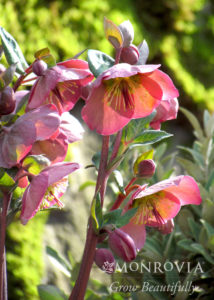If you are not a peony lover, then have you read about the Itoh Peony? If so, you know it is expensive. However, when you consider that peonies can live for 100 years, and the Itoh produces 50 to 100 blossoms a season, they really are quite cheap and well worth the initial investment. Stop in today as we have quite a few colors of the Itoh peony in stock along with the original peony plants. Read the attached article and you may just change your mind about becoming a peony lover.
https://www.monrovia.com/be-inspired/peony-care-guide.html
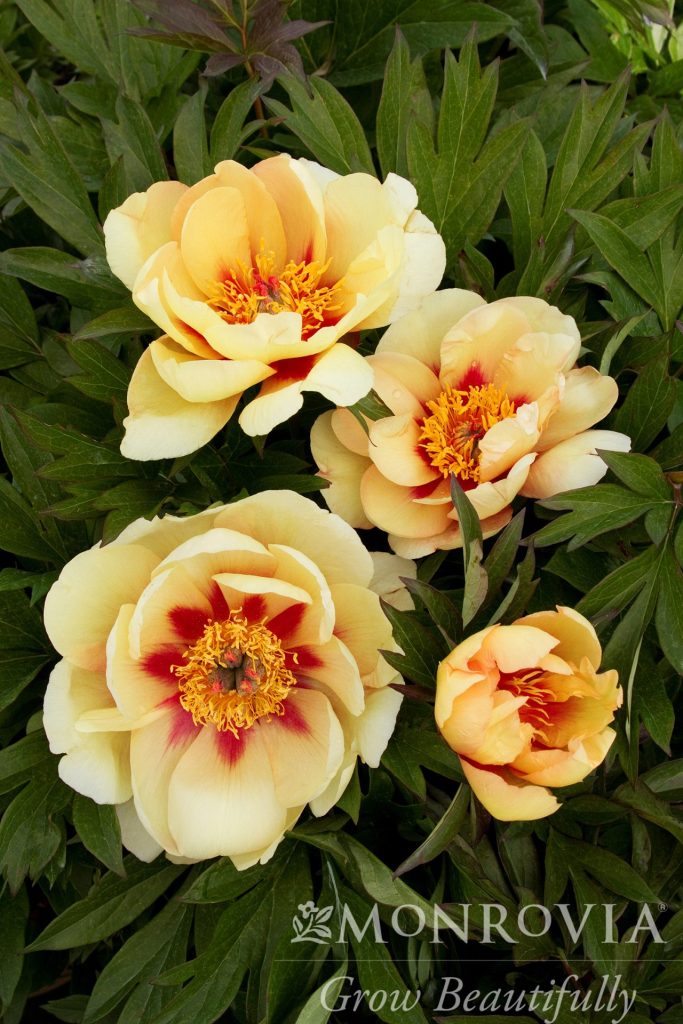
Paeonia Itoh Misaka peony
Photo courtesy of Monrovia Nursery
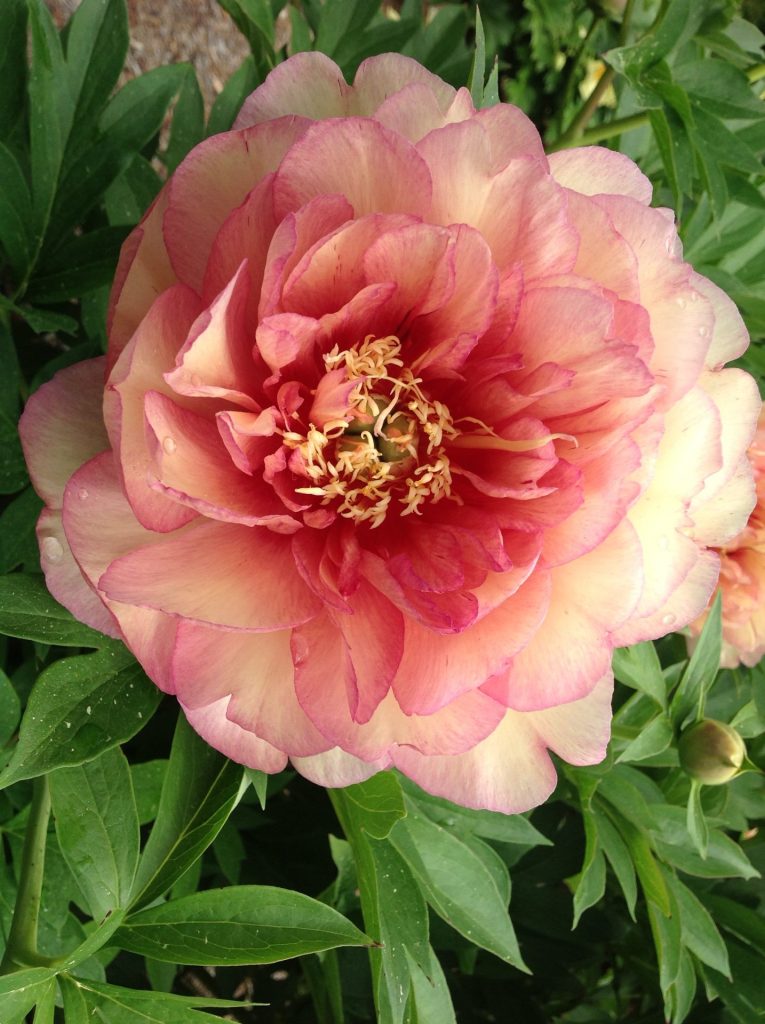
Paeonia Itoh Simply Scrumptious peony
Photo courtesy of Monrovia Nurse
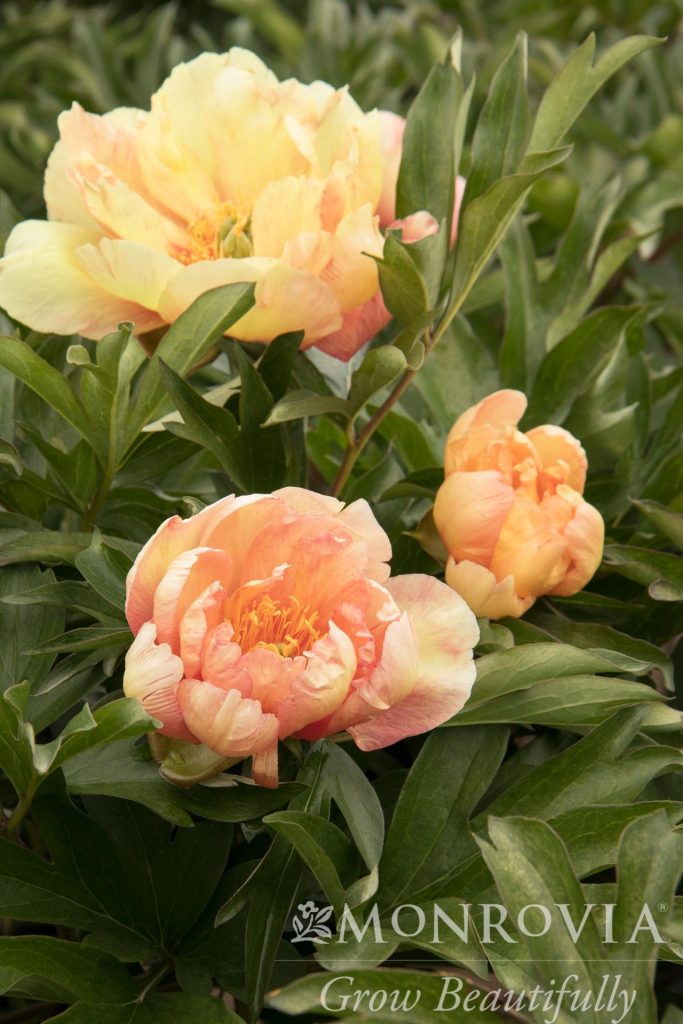
Paeonia Itoh Singing in the Rain
Photo courtesy of Monrovia Nurser
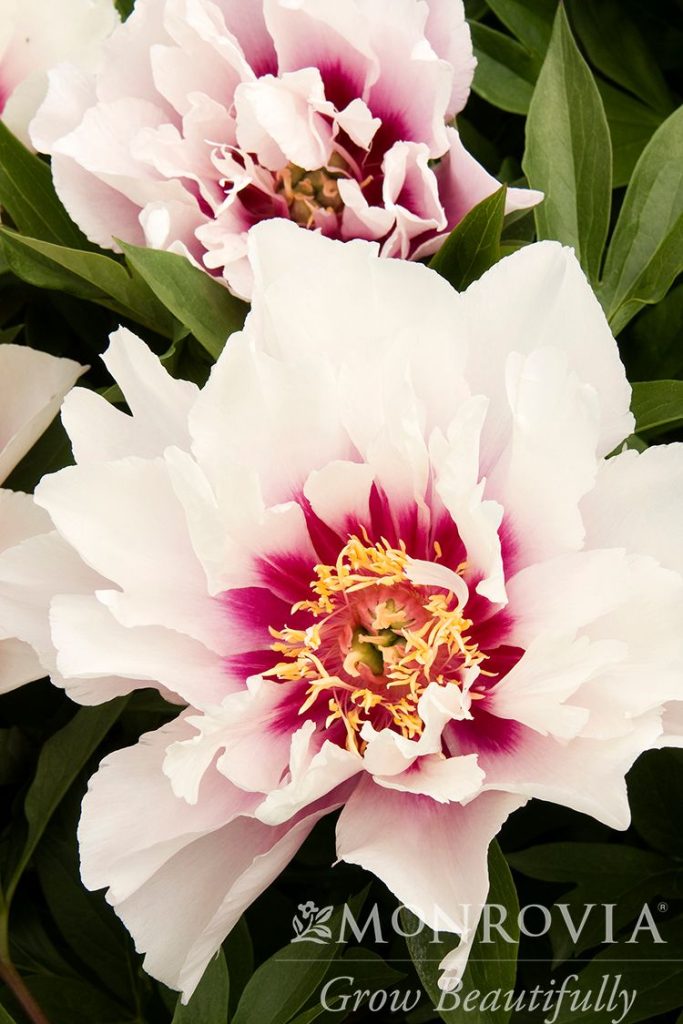
Paeonia Itoh Coral Louise
Photo courtesy of Monrovia Nursery
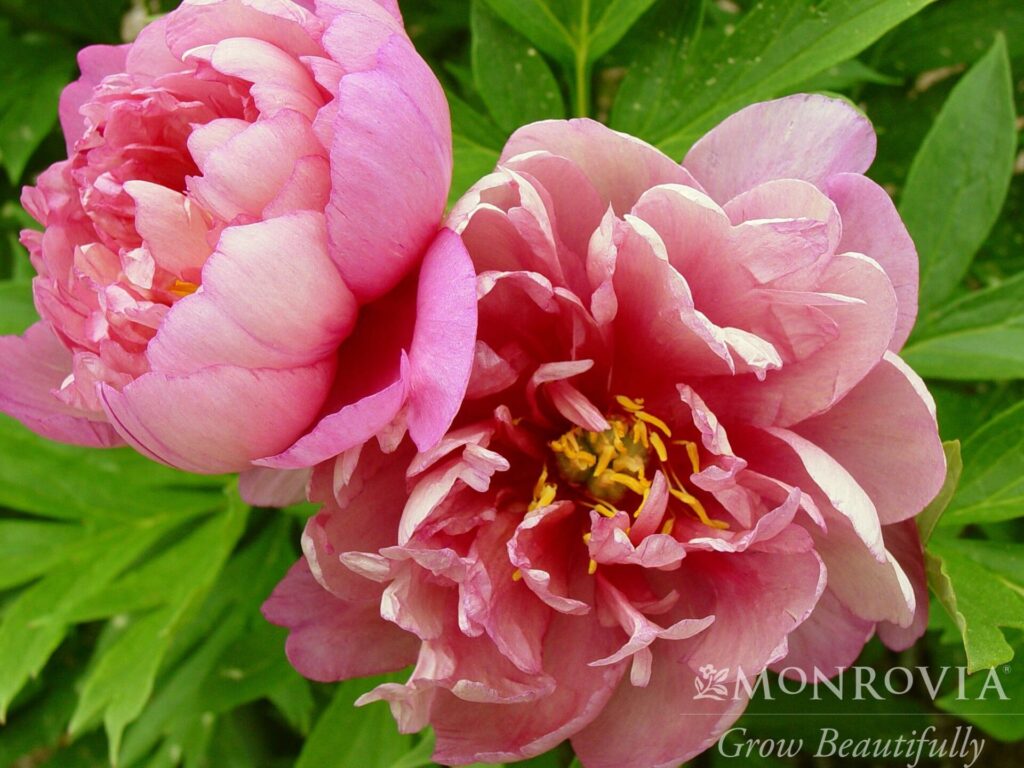
Itoh Keiko pink peony



